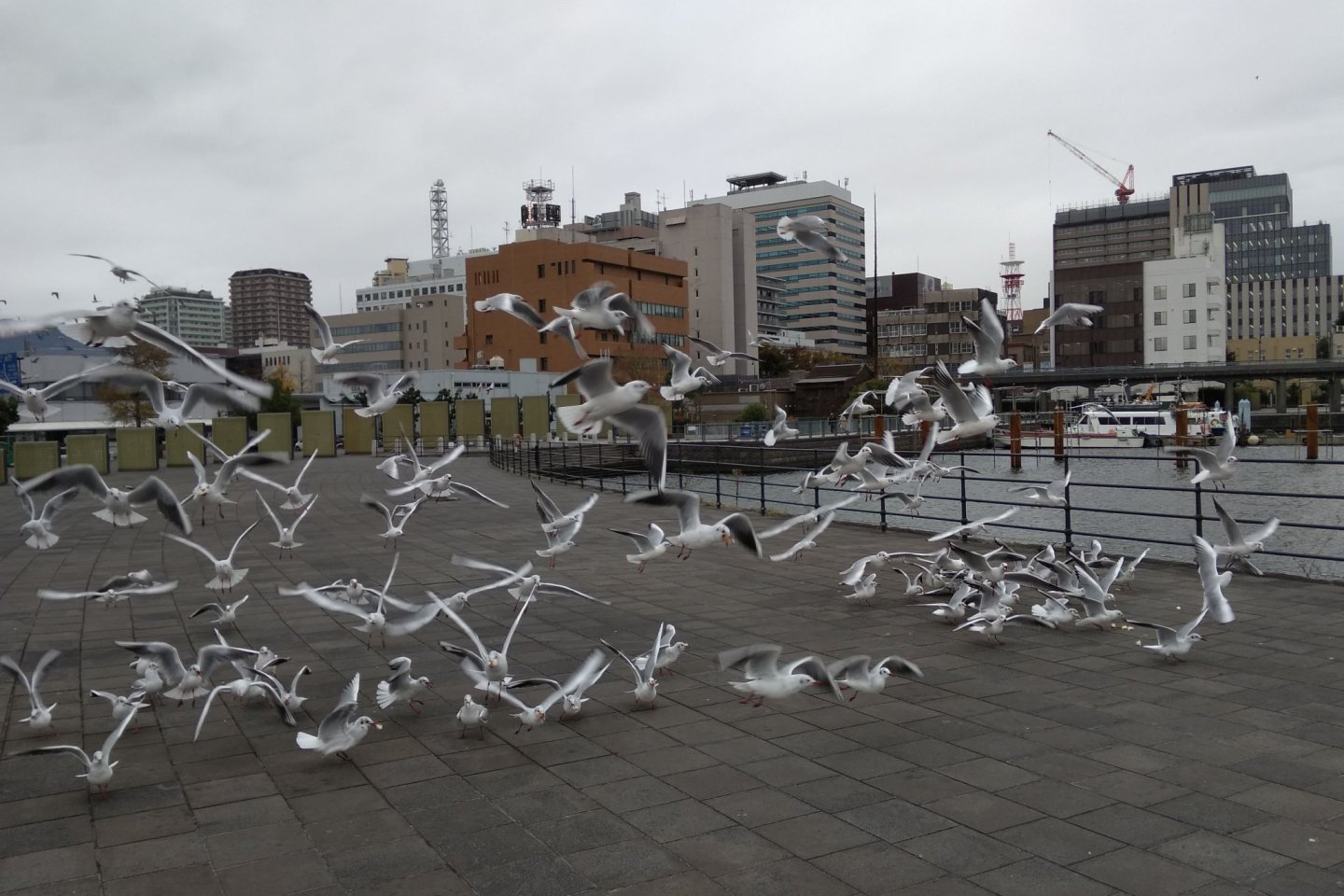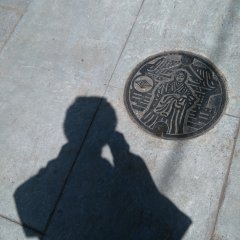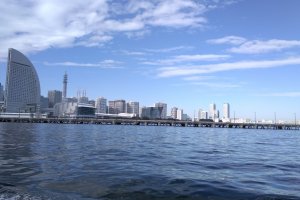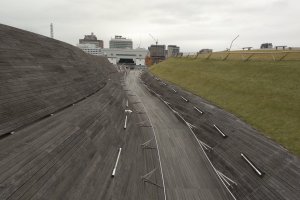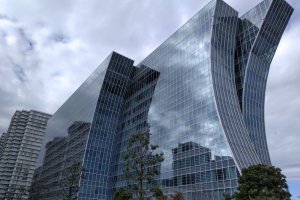What you get at Yokohama Port is sea fever. That sea scenery, adjunct with almost never ending parkland, set against Yokohama’s dizzyingly awesome horizon. Close to shore and around are historical buildings that once serviced the Port’s maritime and mercantile needs.
Yokohama sea fever is more than sea foam and froth. There are the tangibles, things to do and places to visit. A sea cruise, the Sea Bass, gets one right into the sea for a panoramic view of the architectural beauties that edge the mainland. Ride the waves to come close to merchant and defence shipping vessels. One gets in the nautical mood just walking about the area, spotting ancient anchors and ship propellers mounted like art. Sea gulls form live sculptures.

A Grand Old Lady of Ships, the Hikawa Maru, provides the experience of being aboard a ship, from snooping around cabins, dining rooms, and even treading carefully down deep through the engine rooms. Built in 1929 it played many roles until 1961, where docked at Yamashita Park, she is now an educational ship museum. Deck chairs are placed outside to enjoy the serene seascape.

Another sea fever site is the Osanbashi Pier, now the Osanbashi International Passenger Terminal. It was Yokohama’s oldest pier since 1896. Renovations between 1988 and 2002 created a structure of architectural and engineering elegance reaching out to sea. It’s hard not to feel excited walking around, it’s like a park in the sea.

The roof is formed from wooden slats and grass, and it slopes to the floor, which curved in places, simulates walking through undulating waves. The low ceilinged interior is a deliberately created vacuum of empty space, like being in an ocean. I did feel lost, but only because I couldn't find an open door.

The Parks, Yamashita and Rinko, provide scenic green recreational areas plus lots of space to just throw one’s self down, to gawk and gape at the sea in front, and just behind, the Yokohama skyline. This certainly commands attention. There’s historic early 20th Century architecture, like the Three Towers, and contemporary nautical themed architecture, like the Pacifico Convention Centre with its exteriors like waves.

A luxury hotel is designed like a yacht. The 296.3 metre Yokohama Landmark Tower, a bit more inland, is another seascape beauty. This is sea fever at Yokohama. Sea, sky, stone, and nature, have somehow just arranged themselves to create evocative pictures and memories. It's hard to leave.

The sea initially couldn’t do much for Yokohama, when it was a sad fishing village during Japan's cloistered period (1639 – 1853). In 1853, tides turned. Now the sea carried in the first waves of modernization and Japan’s opening in 1859. Yokohama with its deep harbour became and remains a strategic mercantile and cultural thoroughfare. The sea today? It gives us sea fever.

